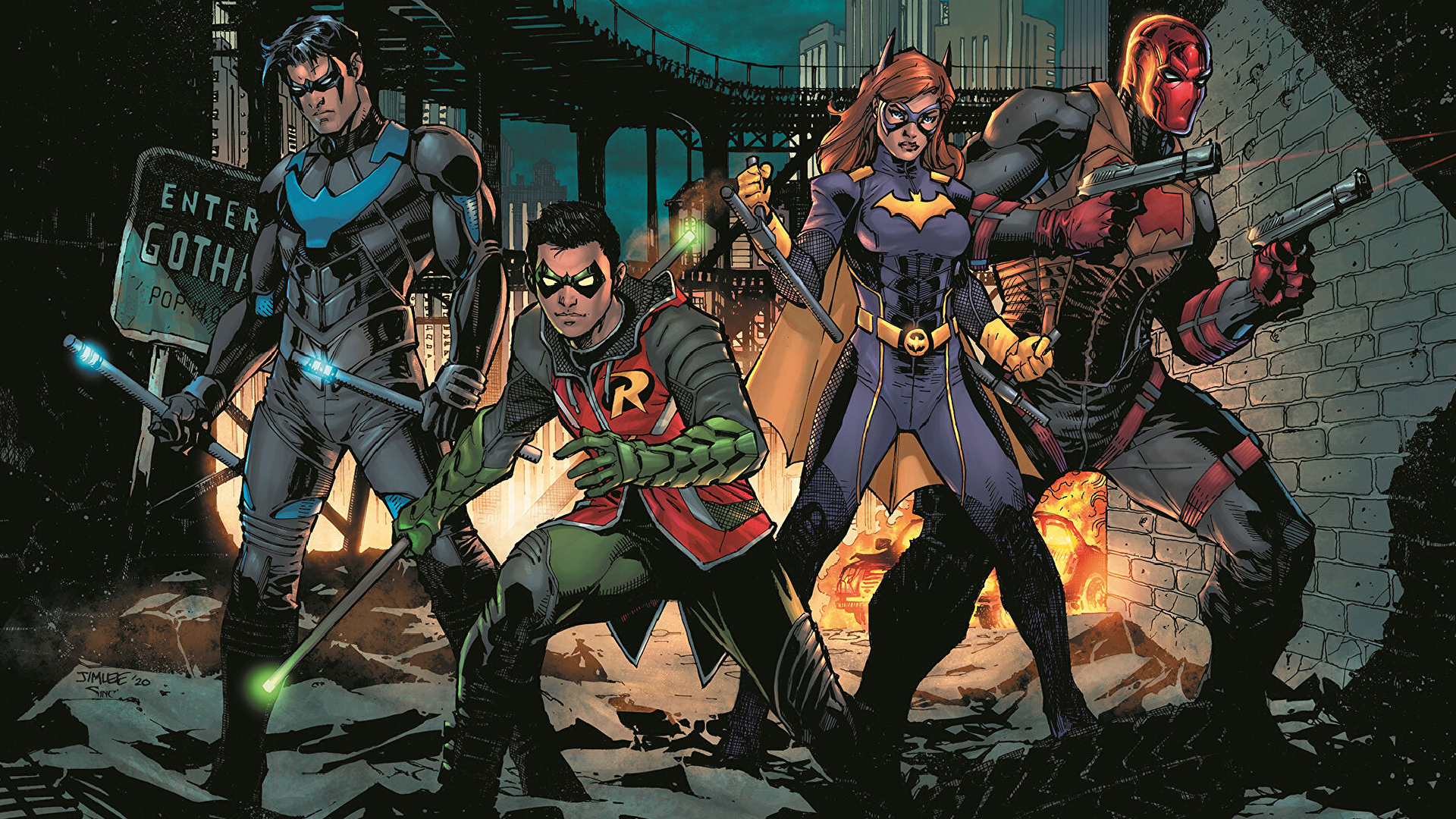
In other words, which resources will there be a lot of throughout the game, and which will be rare? The other essential point to comprehend is the distribution of resources around the board. If this happens to you in the early game, it's a huge boon. It is not uncommon to see lots of 9s and 10s rolled, with no 6s or 8s for a while. That is:Įach dot on the tile (in the Mayfair version) represents a 1/36 chance of that number being rolled on someone's turn.Īlthough the expected value of each of the numbers being rolled is listed in the above probability chart, in practice, the distributions rarely follow this exactly, particularily over the short term. The probabilities for the numbers follows a simple distribution shaped like the ^ (caret) symbol. If you've played settlers enough times, two primary things become clear: Most essential to the game is the basic understanding of probability.

I will assume you are generally familiar with the basic rules of basic Settlers and Cities and Knights. Given the level of depth that Cities and Knights adds to the basic Settlers game, I'm surprised this hasn't really been done. Cities and Knights (CaK) is my gaming group's favorite board game, and as a result, I feel pretty confident about write a strategy guide based on my experiences. If not, the player(s) with the fewest knights each have a city downgraded to a settlement.Welcome to the Almost Complete Cities and Knights Strategy Guide. If the island is successfully defended, the player(s) with the most knights are rewarded. These knights can be used to claim certain intersections and move the Robber (taking the place of Soldier cards), but are also used to defend the island from periodic barbarian attacks. (Some cards are balanced better as well – the new Resource Monopoly card, for example, can take no more than 2 of the named resource from any one player.)įinally, players can also build knights on the island along their network of roads. These cards are similar to the development cards in the base game, but with a wider range of effects. Building more improvements will increase these chances, but cards cannot be bought directly in any way. Building city improvements gives players a chance to draw these cards with every roll of the dice. Second, the deck of development cards is replaced by three different decks, each corresponding to one of the commodities. (To make commodities easier to obtain, each player starts the game with 1 city and 1 settlement on the board.) These commodities allow players to build city improvements that confer various advantages and eventually points. Cities that would normally produce two of one of those resources instead produce 1 resource and 1 of the corresponding commodity. The game changes the base game in three main ways:įirst, there are 3 new commodities in the game, distinct from resources – paper, cloth, and coins, which can be acquired from Forest, Meadow, and Mountain spaces, respectively.

Adds tactical complexity to the game and game length.

This expansion adds several new aspects to Catan, but the two major ones are creating knights to protect the land from invading barbarians and building city improvements that confer benefits upon that city’s owner.


 0 kommentar(er)
0 kommentar(er)
